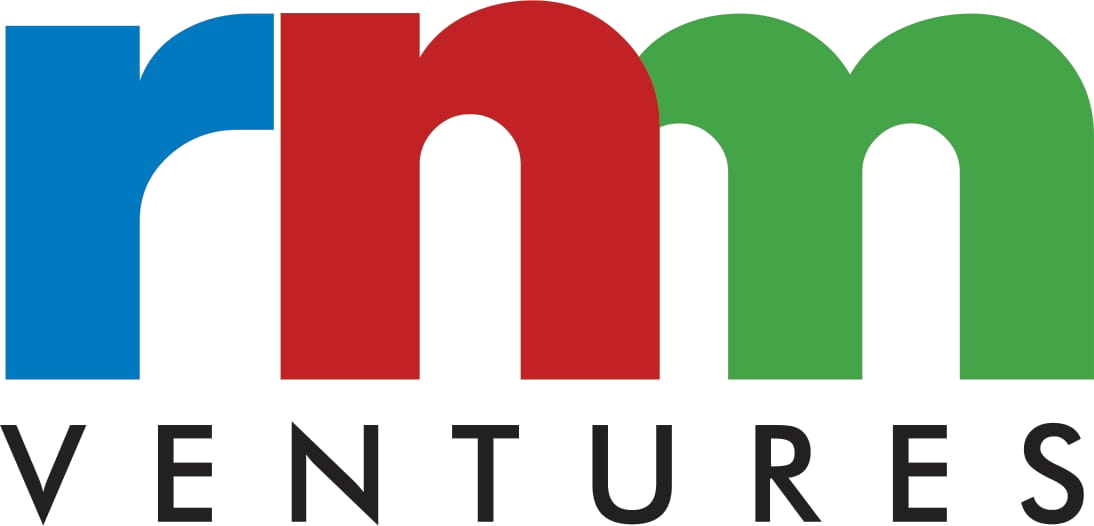8 3 Compute and Evaluate Labor Variances Principles of Accounting, Volume 2: Managerial Accounting
Each favorable and unfavorable variance needs to be examined individually, as noted in the popcorn example in the video! Analysis is the key to making sure that increases (favorable variances) in revenue https://business-accounting.net/ or increases (unfavorable variances) in expenses are appropriate. Unfavorable variance is an accounting term that describes instances where actual costs are greater than the standard or projected costs.
Initially, your company budgeted to sell 1,000 subscriptions for $9 per month. This resulted in the competitor gaining additional market share right before the launch of your company’s new music catalog. After a month of promoting the new catalog and charging $9 per subscription, you were able to sell 900 new subscriptions. Using the formula, we can calculate sales volume variance for the music service subscription. On the other hand, when unfavorable sales variance occurs it is because a company charges less for their product compared to what was budgeted.
Variance Formula
Either may be good or bad, as these variances are based on a budgeted amount. Let’s say your custom blankets are made of a rich acrylic and polyester blend that keeps the blanket soft for years. You buy in bulk but after three months, the price dramatically increases, something you had not counted on. As a result https://quick-bookkeeping.net/ you are spending more than expected on materials, and this price variance is costing you. Now when you look at your financial statements you see an unfavorable variance. A favorable variance indicates that a business has either generated more revenue than expected or incurred fewer expenses than expected.
- Once you’ve decided what you want to measure, calculate the difference between your prediction and actual results.
- For example, if the expected price of raw materials was $7 a pound but the company was forced to pay $9 a pound, the $200 variance would be unfavorable instead of favorable.
- The definition of material is subjective and different depending on the company and relative size of the variance.
- For example, if a business expected to pay around $100,000 for equipment maintenance, but was able to contract a price of $75,000, they’ll have a favorable variance of $25,000.
- Keep in mind that there are some challenges that come with looking at specific variances.
- An unfavorable variance is the opposite of a favorable variance where actual costs are less than standard costs.
The standard hours are the expected number of hours used at the actual production output. If there is no difference between the actual hours worked and the standard hours, the outcome will be zero, and no variance exists. After the sales results come in for a month, the business will enter the actual sales figures next to the budgeted sales figures and line up results for each product or service. Requiring managers to determine what caused unfavorable variances forces them to identify potential problem areas or consider if the variance was a one-time occurrence. Requiring managers to explain favorable variances allows them to assess whether the favorable variance is sustainable.
What is Sales Variance?
But after breaking down the variances, you notice that your revenue is greater than predicted, but you spent more on materials than anticipated. Using this information, you can shop around for new vendors and cut down unnecessary expenses. Favorable variances mean you’re doing better in an area of your business than anticipated.
Should Variances Be Positive or Negative?
However, the variance is more informative about variability than the standard deviation, and it’s used in making statistical inferences. The more spread the data, the larger the variance is in relation to the mean. You’ve put in the time calculating, analyzing, and explaining your variances.
Definition of a Variance
The actual hours worked are the actual number of hours worked to create one unit of product. If there is no difference between the standard rate and the actual rate, the outcome will be zero, and no variance exists. The direct labor variance measures how efficiently the company uses labor as well as how effective it is at pricing labor. There are https://kelleysbookkeeping.com/ two components to a labor variance, the direct labor rate variance and the direct labor time variance. Management can use standard costs to prepare the budget for the upcoming period, using the past information to possibly make changes to production elements. Standard costs are a measurement tool and can thus be used to evaluate performance.
Unfavorable Variances
Budget variances occur because forecasters are unable to predict future costs and revenue with complete accuracy. In this case, the actual rate per hour is $7.50, the standard rate per hour is $8.00, and the actual hour worked is 0.10 hours per box. This is a favorable outcome because the actual rate of pay was less than the standard rate of pay. As a result of this favorable outcome information, the company may consider continuing operations as they exist, or could change future budget projections to reflect higher profit margins, among other things.
Sales volume variance measures the difference between expected units sold and actual units sold. Sales variance is the overarching term that explains the difference between actual and budgeted sales. Sales variance allows companies to understand how their sales are performing against market conditions.








